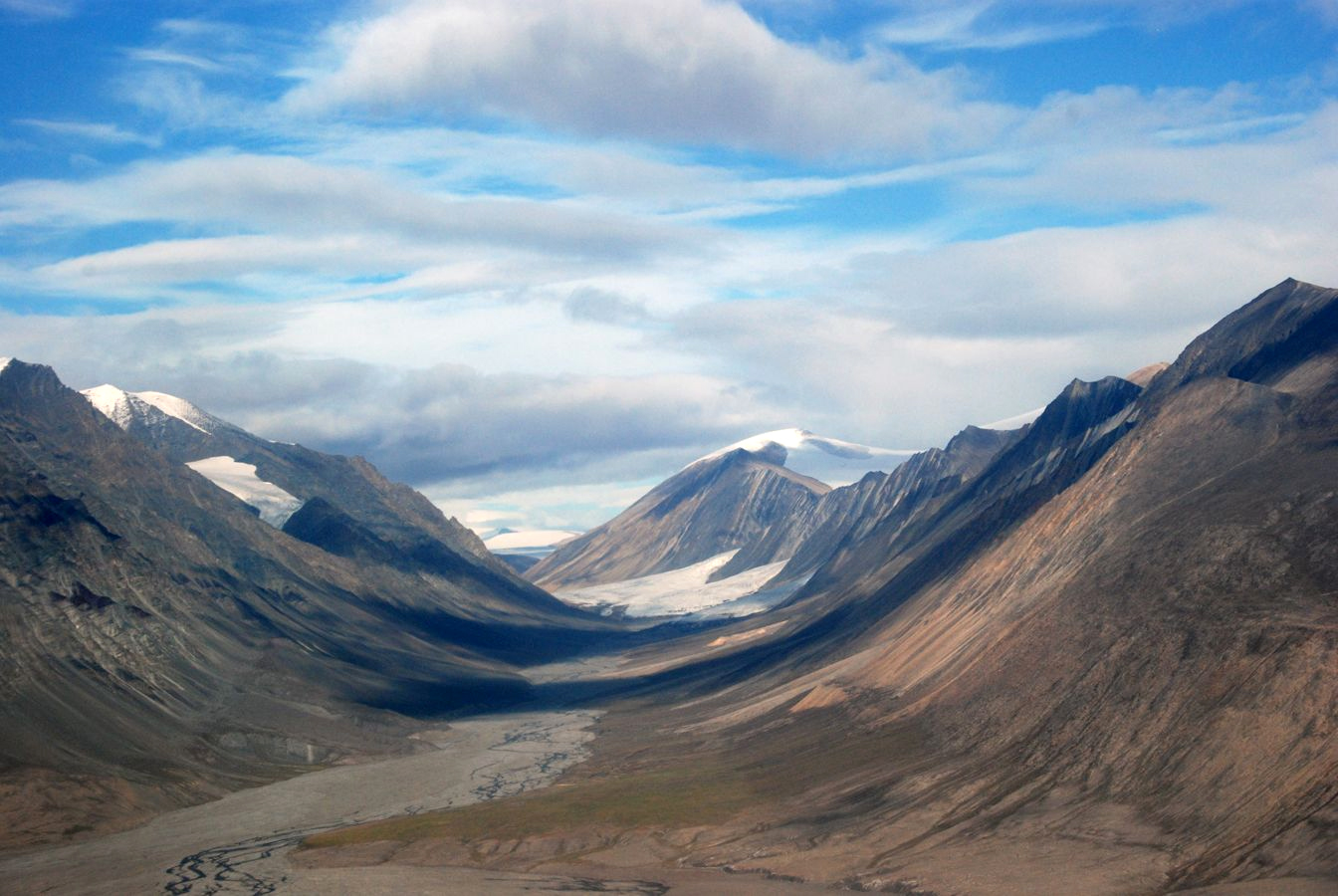Update of World Earthquake activity
For those tracking Japan Earthquake Aftershocks
And now tonight's story...
Mummified Trees Could Take Climate Scientists Back to the Future
It is clear that Joel Barker has found what is essentially fresh forest that is millions of years old. The trees and leaves were kept fresh by being sealed off from Oxygen immediately. The boon this has provided is amazing. Scientists will be able to extract data for a long time, and it will be interesting to seewhat else they find.
When in Quttinirpaaq National Park in the Canadian Arctic, Ohio State University Earth scientist Joel Barker initially spotted some pieces of dead trees scattered on the barren ground near a glacier. Immediately, he knew he had found something akin to a looking glass peering into the Arctic's ecological past.
Due to previous cores and recent discoveries,Barker's team can place the age of the discovery to between 2-12 million years ago.
Also because of the state of the trees and leaves(yes leaves) being so pristine, scientists are going to be able to extrapolate much information from them that would be relevant to what we need to know about the effects of Global Warming on similar species.
Due to the fact of having found only about five different species, Barker has stated that it is pretty clear "Probably living at the most northern extent of its range, this forest was probably living at the edge, just hanging on, just barely staying alive," said Barker."
The landscape of Quttinirpaaq National Park is dominated by glaciers and sparse high-arctic tundra vegetation.
Credit: Joel Barker, Byrd Polar Research Center, Ohio State University
Credit: Joel Barker, Byrd Polar Research Center, Ohio State University
The mummified trees have very narrow growth rings, indicating a very harsh environment during their lifetime.
Credit: Joel Barker, Byrd Polar Research Center, Ohio State University
Credit: Joel Barker, Byrd Polar Research Center, Ohio State University
Researchers have found mummified leaves in the sediment of the mummified forest deposit at the Quttinirpaaq National Park.
Credit: Joel Barker, Byrd Polar Research Center, Ohio State University
Credit: Joel Barker, Byrd Polar Research Center, Ohio State University




No comments:
Post a Comment